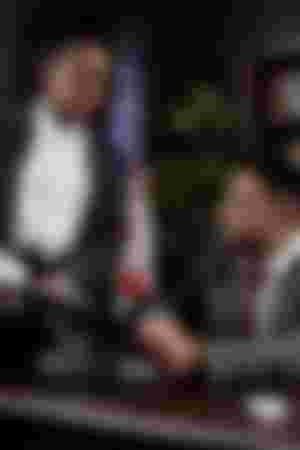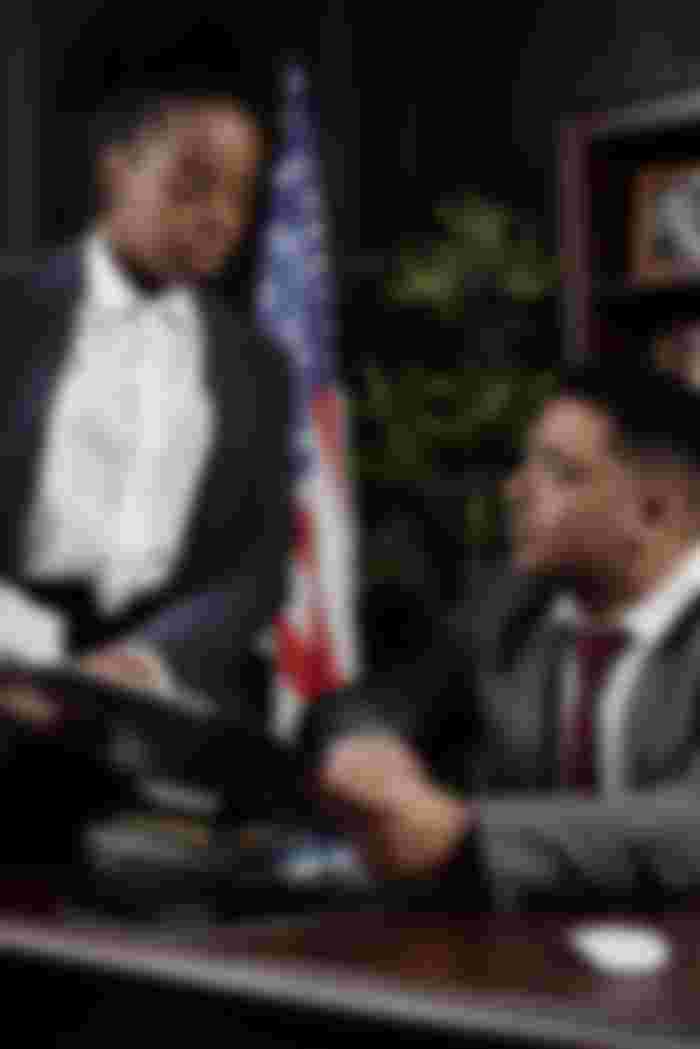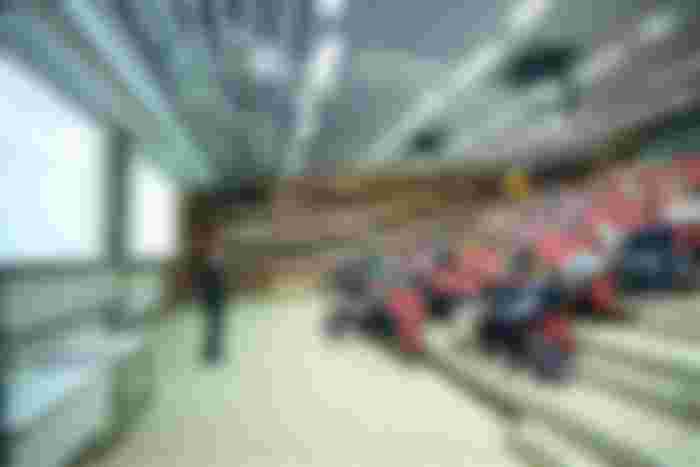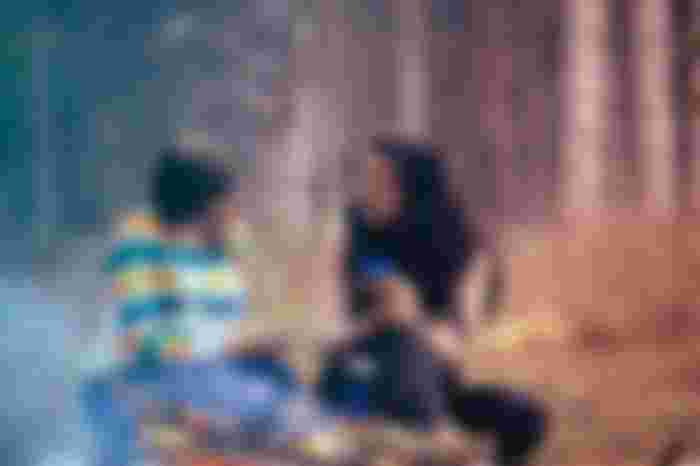"At that moment, when our eyes stay in quiet communication, we're essentially touching."
Touch (which isn't really an option in the presentation settings), eye contact. Is the most powerful and most personal of all the clues about presentations. When you look into someone's eyes, talk directly to them for a few seconds.
Why is eye contact so strong? Good eye contact cuts the physical distance in half, helps connect with the audience at the individual level, invites listeners to the presentation (if I look at you long enough, you talk), the audience You can control the reaction of your presentation and evaluate your presentation, stop the old man from bothering you.

Actually, when you look straight at someone, it looks like you're much closer to them. Proximity is good in the presentation settings. The closer you are, the more immediate you are and the harder it is to ignore them. Look from the audience's point of view. It's much easier to turn off moderators far away from you (I can't see you, you can't see me). Use your good eye contact to get physically closer to the audience behind the room, as the audience closest to you will have the best experience anyway.
Eye Contact also provides valuable feedback on how your audience receives your message. Approval, confusion, excitement, hostility, frustration, and many other emotions are all expressed through the body language of the audience. Eye contact helps your audience read and respond to quiet messages you send to you about understanding, likes, and dislikes, so you can step up, review and decide what to do in a hurry.
Making something good is definitely an art. Strong eye contact. The best eye contact is more direct and lasts 4-5 seconds per viewer. This is much longer than most people think. In fact, inexperienced moderators often make the mistake of looking around a room without maintaining long eye contact. Your eye contact seems to be jumping from person to person. Instead, look at each audience until you find that he/she quietly admits you before moving on to someone else. This will help you build a bigger connection with all your viewers.

Please note that most presenters prefer eye contact. This means that they see more specific people in the audience than others. According to research, we tend to see not only the viewers who provide the most positive feedback but also the people with the greatest authority (that is, the CEO of the room). It's positive to see people who enjoy our presentation ("they are like me, they really are"), but try to see everyone equally as much as possible. Viewers who do not feel like talking to them (as evidenced by the lack of eye contact) tend to be faint. And for those in power, don't forget that they are watching over you and seeing how you treat other people in their organization. The best way to show fairness and respect is through eye contact equality.
Want more evidence about the power of eye contact? Make eye contact and ask someone to talk to you. Look straight at someone, sit still, and say nothing. Then just wait (it's hard to do, but be patient). The person you are looking at is forced to speak. You see, the power of eye contact!

Conversely, if the audience has an interjection, another visual tactic should be used. A man who is defined as someone who just wants to be confused or angry is most often sitting in a hard-to-see place behind the room. I want to keep the heckler anonymous, so I need to use eye contact to get rid of it. "I know who you are and what you are doing," he says with your eyes. Sometimes I even approach her while looking at her, and it makes her absolutely uneasy. Then, once you determine that they are visible, do not show them again. Everyone receives the message except the most persistent heckler.

If eye contact is the most powerful non-verbal communicator, why are so many presenters looking at slides and wasting valuable eye contact? Moderators look at slides (not the audience) as if they could turn into new and exciting ones at any time. "I have to keep an eye on them because I don't know what they're trying to do." Avoid the tendency to look at the slides. Instead, focus the power of your eye contact on something that might really surprise you. Your



